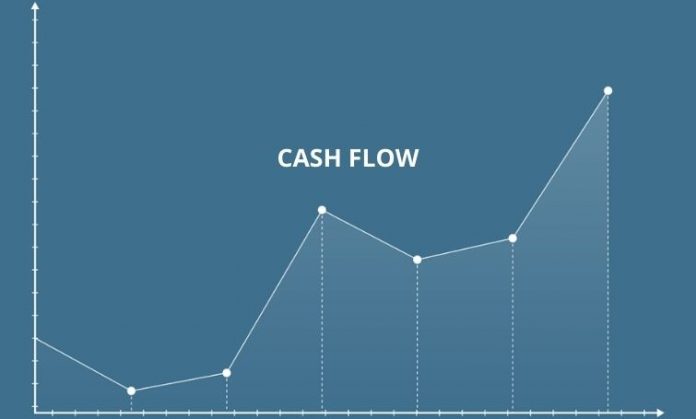Cash flow management is a vital aspect of running a successful business. At some point, your business will experience some cash flow issues. These business challenges may be unavoidable, but the trick here is to think ahead and figure out when these issues will arise.
While some think that managing cash flow is just about keeping track of how much money enters and leaves your business, there’s more to it than that. Cash flow forecasting is an incredibly useful tool that can help you anticipate cash flow problems, limit the impact of cash drought, and show the bank that you’re always prepared.
It can predict your future financial position for a specific period and generally help you manage your business more effectively.
Cash flow forecasts help identify issues before they occur.
Whatever type of business you have, you will experience some slow periods. For instance, seasonal businesses will witness a decline in income during the off-season than during the on-season. However, there are also less apparent peaks and lows in your business that you need to prepare for.
By preparing cash flow forecasts, you can monitor your day-to-day cash flow and anticipate when your business will be quiet before they even happen. So if you can predict when cash will be light, or you might have to spend more than usual, you can adapt accordingly and avoid a cash crisis.
Simply put, examining your cash flow over the previous years and forecasting your future cash flow can help you anticipate financial cycles and see how they affect your bottom line.
Cash flow forecasts can help you plan for difficult situations.
We know how tempting it is to spend money when you have a lot coming in. You might want to give your staff salary increases or bonuses or buy new equipment for your business.
These are not bad ideas, but they are only good if these actions won’t put your business finances in jeopardy.
Cash flow forecasting can serve as an effective reminder about how your business bank accounts will look during the off-season or difficult times. You can make critical decisions about when to spend your money and when it’s best to save it.
So if you know that although business is good right now, a slow period is coming, the wiser thing to do is save your money and perhaps just give out smaller bonuses. Additionally, you can plan for significant investments or purchases for your business and bill payments around them to further stretch your cash.
In a nutshell, cash flow forecasting will eliminate nasty surprises due to a sudden cash flow crisis.
Cash flow forecasts show third parties such as banks that you can plan ahead.
It is common knowledge that banks lend money to business owners who can show they can plan ahead. Through cash flow forecasts, financial institutions will see that you are realistic with your financial projections and can address cash flow problems.
How to Create a Cash Flow Forecast
Cloud-based accounting systems, spreadsheet programs, and other online tools and templates can help you prepare cash flow forecasts. However, using cloud-based accounting systems is the most convenient method as it pulls up many of the figures you’d need to put into your cash flow forecast directly from your bank accounts.
Whatever tool you use, the idea stays the same. First, you need to identify how much money is coming into your business over a specific period such as 12 months. This may include credit sales already made, forward orders you’ve received, and projections of future sales based on previous performance and market research.
You can adjust these figures slightly by adding or subtracting a certain percentage to allow for anticipated growth or tighter market conditions.
Next, record your monthly expenses, including fixed costs, variable or operating costs, one-off purchases, and any amount you’re likely to draw from your business. Add your projected income to your starting bank balance and then subtract your expenses.
The amount you et is your closing bank balance for each month. Do this for a specific period, and you’ll have an idea of your cash position.
A positive bank balance means you have sufficient cash to meet your expenses, while a negative bank balance tells you that you need to source additional finance to keep your doors open. You can look for ways to minimize costs, improve sales, or both.
To make your cash flow forecasts more accurate, you need to update them based on your actual business performance. So for each month, replace your forecast figures with the actual figures and make adjustments to the following months’ figures if the numbers tell you that your projections were overly optimistic or pessimistic.
Final Thoughts
Cash flow forecasts can give you a crystal clear picture of your business’ overall financial health and how money moves into and out of it.
If you don’t do cash flow forecasting, it’s highly recommended to start doing so now with the help of a reliable accountant. Lear & Pannepacker is one of the most trusted accounting firms that can keep your finances sorted, help you manage your cash flow better, and run a thriving business.
Say goodbye to your cash flow troubles– get in touch with Lear & Pannepacker, LLP today!



























